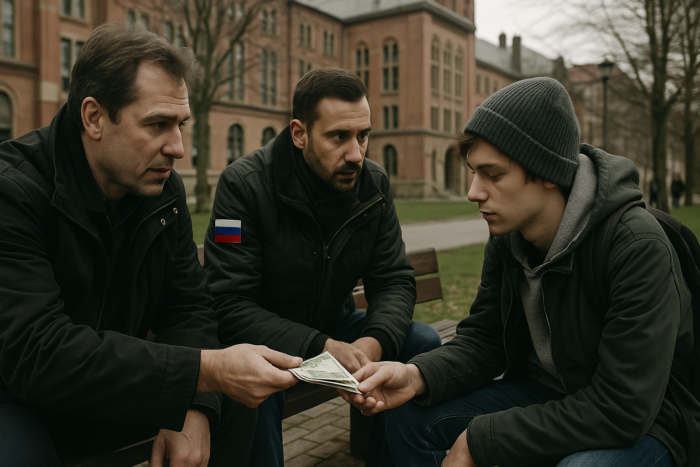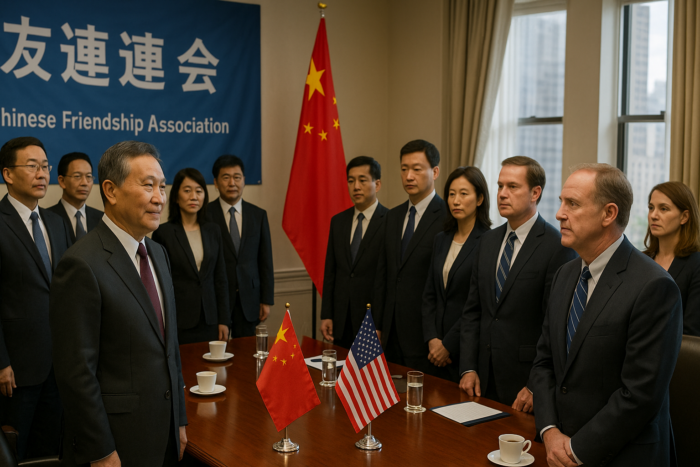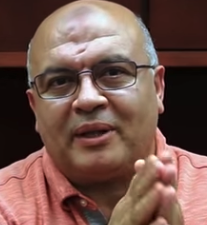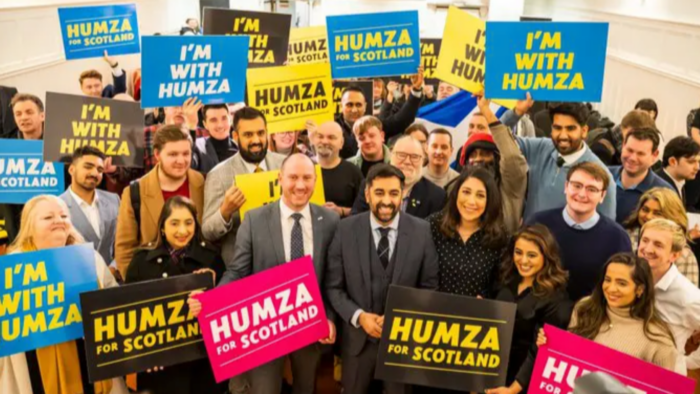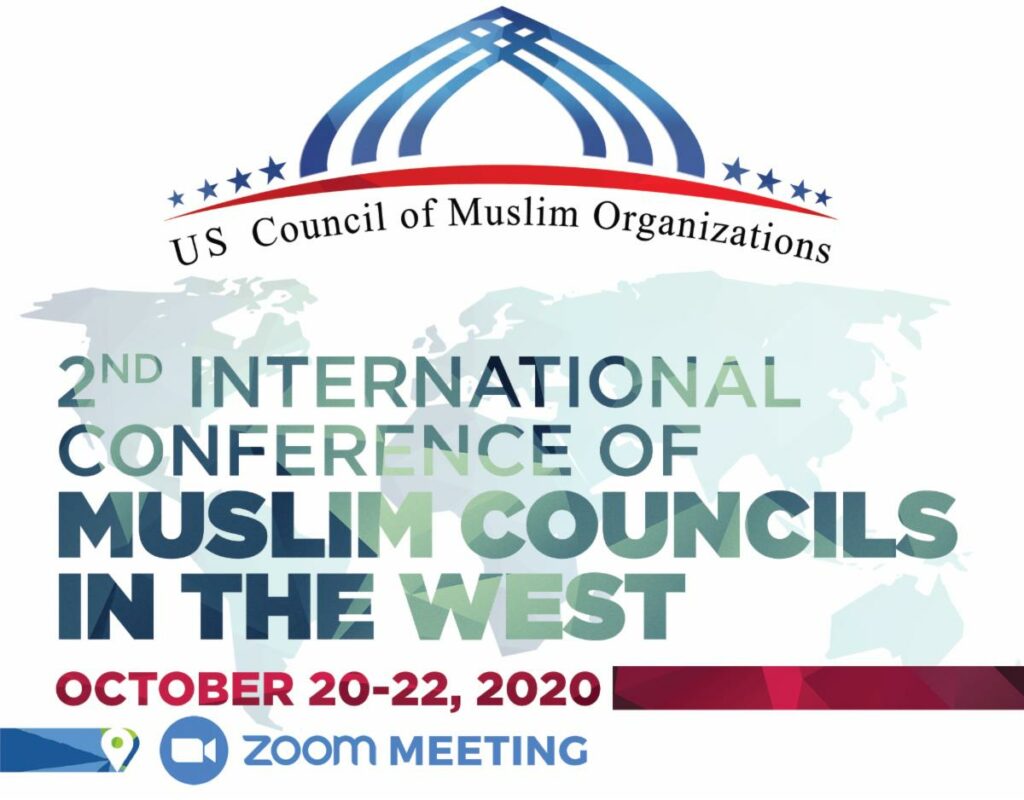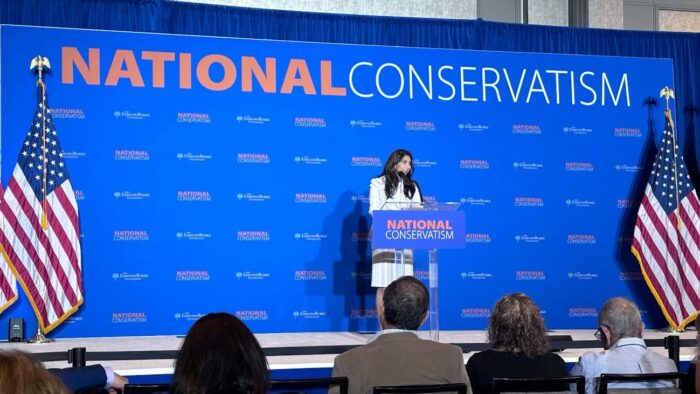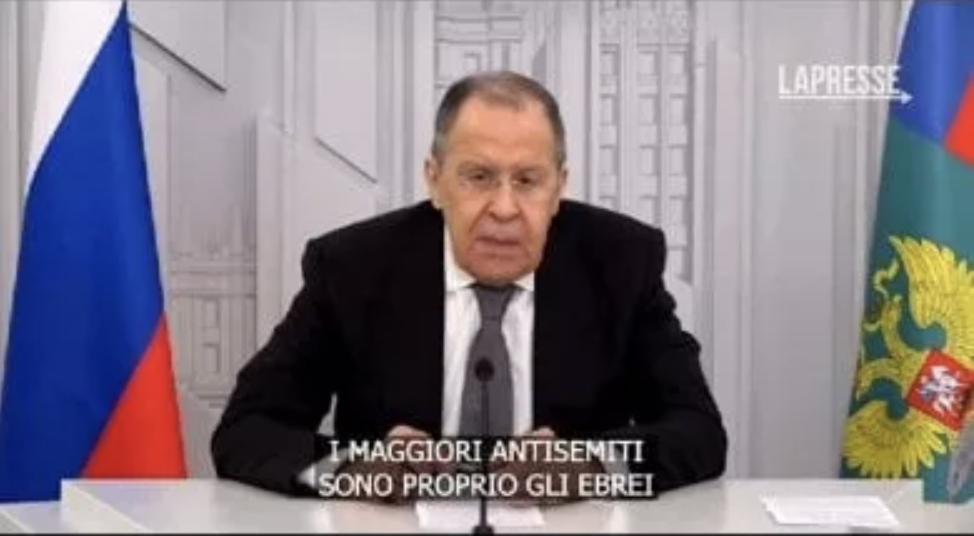Political movements that appear worlds apart often reveal their true nature when seen side by side. Consider three such movements: the MAGA movement in the United States, the Egyptian Muslim Brotherhood , and Italian Fascism under Mussolini. Their origins, ideologies, and goals differ dramatically—MAGA emerged from anxieties over American decline, the Muslim Brotherhood from post-colonial upheaval, and Italian Fascism from the chaos after World War I. They champion populist conservatism, Islamic revivalism, and nationalist totalitarianism, respectively.
Yet their tactical similarities are striking. Like convergent evolution in nature—where unrelated species develop similar traits to solve shared challenges—these movements independently arrived at remarkably parallel methods for gaining and holding power. This convergence suggests more than coincidence: it reveals recurring patterns in how discontent is channeled into political control, regardless of ideology or culture.
1. The Myth of a Golden Era
At the heart of each movement lies an idealized vision of a lost past. Mussolini glorified the Roman Empire. MAGA yearns for an America of unchallenged power and traditional male authority. The Muslim Brotherhood invokes the unity of the early Islamic caliphates. Though these “golden eras” differ wildly in content, each functions the same way—simplifying complex realities and promising restoration through strong leadership. This nostalgia isn’t benign. It often serves to justify the concentration of power, bypassing democratic institutions in pursuit of a supposed national or spiritual revival.
2. Opposing the ‘Elite’
Each movement casts the ruling elite as the enemy of the people. Mussolini vilified liberal democrats and communists. MAGA targets the “deep state” and liberal elites. The Muslim Brotherhood frames secular rulers and Western powers as traitors to Islamic values. This anti-elite rhetoric undermines trust in institutions—judiciaries, legislatures, the press—clearing the way for leaders to centralize power as the only legitimate voice of the people.
3. Mass Mobilization: Building Power from Below
Grassroots mobilization is a defining strength across all three. Mussolini orchestrated massive rallies and wielded state propaganda. MAGA leverages social media and live events. The Muslim Brotherhood builds influence through mosques and community networks. These methods cultivate loyalty and momentum—but also serve to challenge or bypass democratic norms. Over time, allegiance to the movement often eclipses allegiance to laws or constitutions.
4. Us vs. Them Rhetoric
Each movement thrives on division. Mussolini cast socialists as internal enemies, accusing them of betraying national unity. Trump labeled journalists “enemies of the people,” turning public distrust into a political weapon. The Muslim Brotherhood portrayed secular leaders as corrupted by Western influence, unfit to represent Islamic society. Though their targets differ, the tactic is the same: delegitimize opposition, inflame loyalty, and justify authoritarian control under the guise of moral or national restoration.
5. Leadership Cults and the One-Man Rule
Despite structural differences—from fascist state to populist movement to religious-political hybrid—each of these movements developed around a dominant figure. Mussolini embodied Italian Fascism. Trump remains the irreplaceable face of MAGA. Hassan al-Banna and other early Brotherhood figures became icons of ideological purity. That such personality cults emerged independently across these movements is no accident. It reflects a recurring strategy for consolidating power: embody the movement in one man, and loyalty becomes personal, not institutional.
The Broader Implications
When movements from vastly different cultures and ideologies arrive at the same tactics, we should take notice. These aren’t shared beliefs—they’re shared strategies for capturing power in times of crisis. Whether in Mussolini’s Italy, the contemporary U.S., or the modern Middle East, the patterns repeat. Each taps into real grievances—economic hardship, cultural anxiety, political alienation. But the solutions offered are deceptively simple, appealing to emotion rather than complexity. The result is often a corrosion of democratic norms, replaced by movements that promise salvation but deliver division. Democracies can’t afford to mistake these tactics for ideology—they’re tools, not beliefs. The danger lies not in what these movements say they stand for, but in how they gain and wield power. Only by recognizing the patterns can we defend the principles they threaten to erode.
References:
Fascism Shattered Europe a Century Ago — and Historians Hear Echoes Today in the U.S.
‘Islamofascism’: Four Competing Discourses on the Islamism-Fascism Comparison
The MAGA Movement’s Big Umbrella
.

